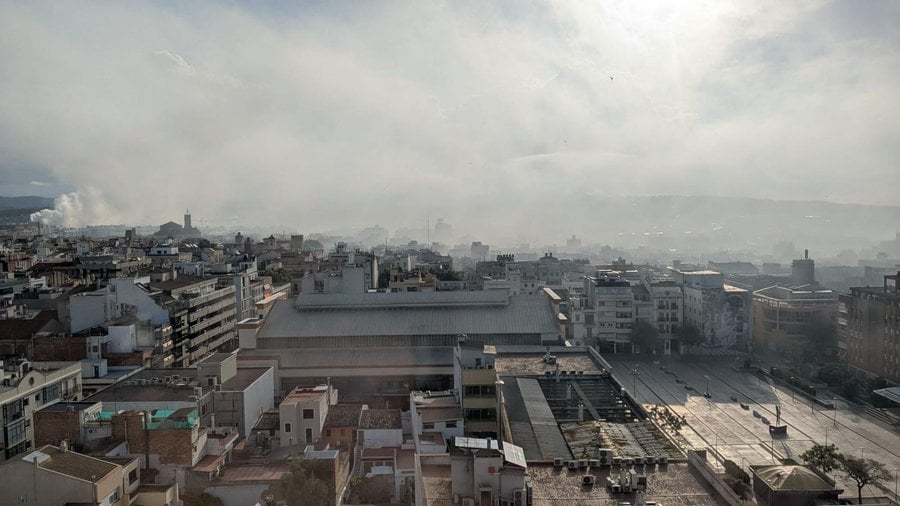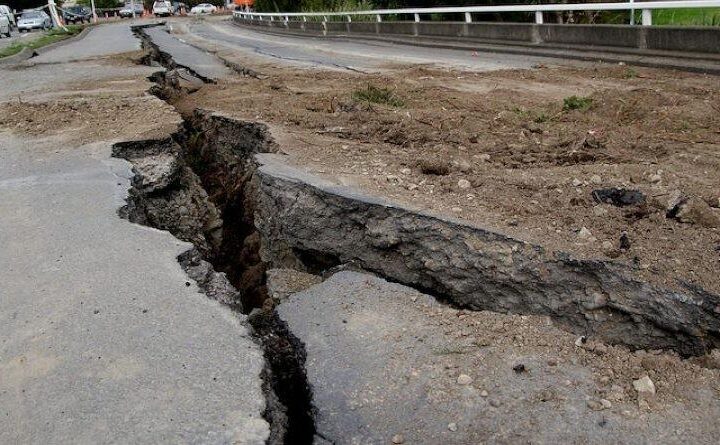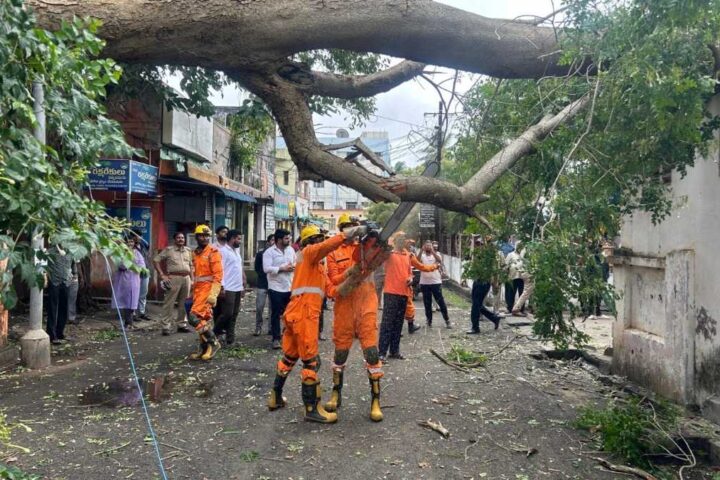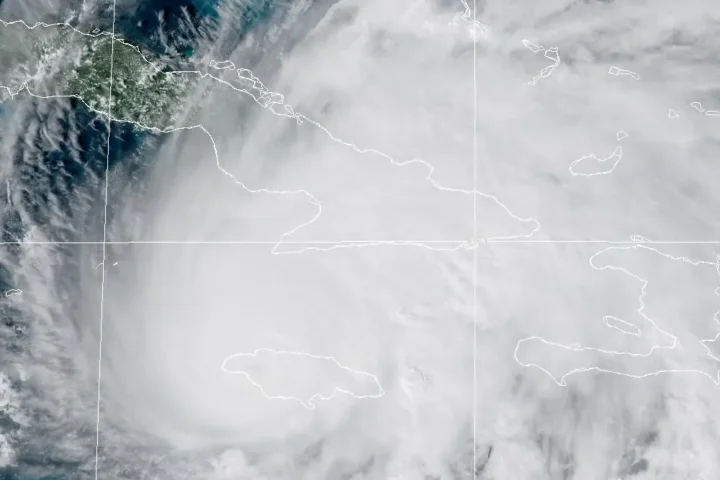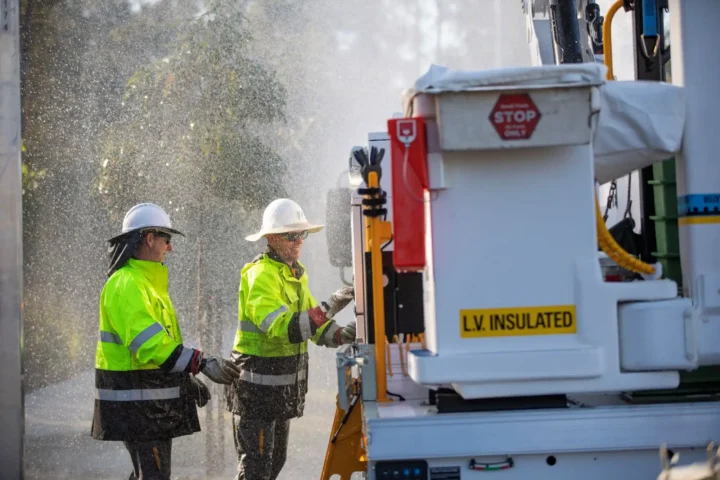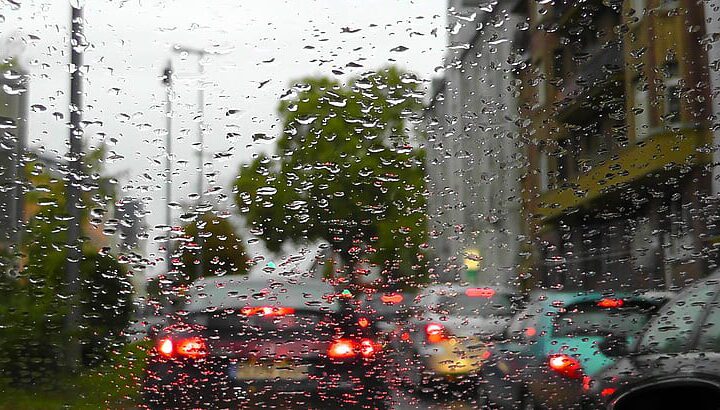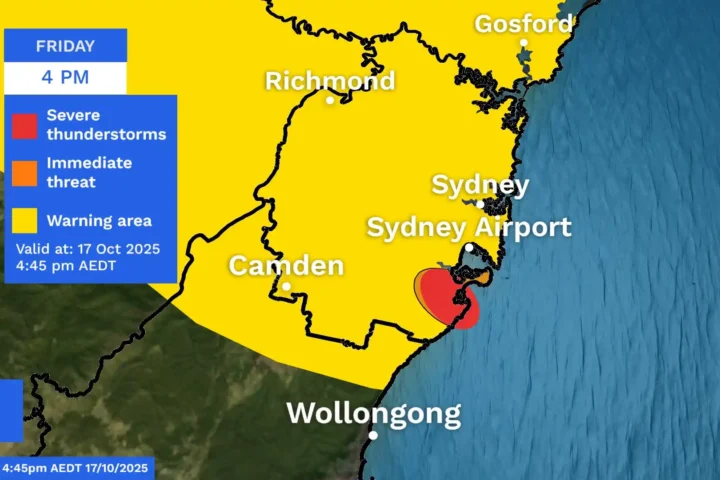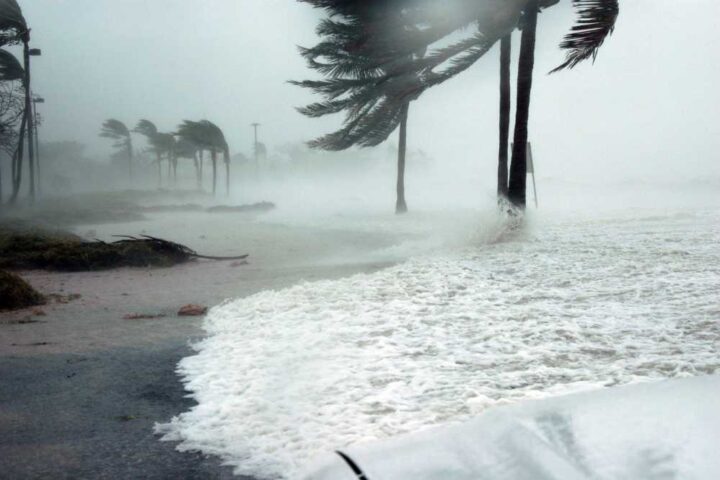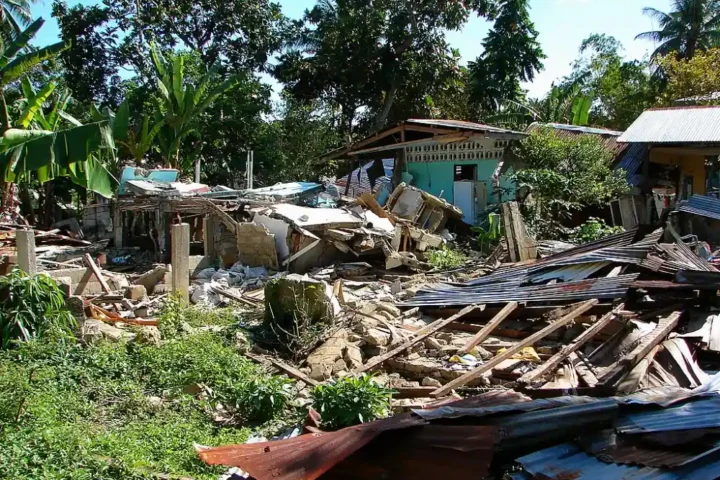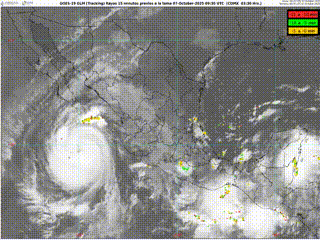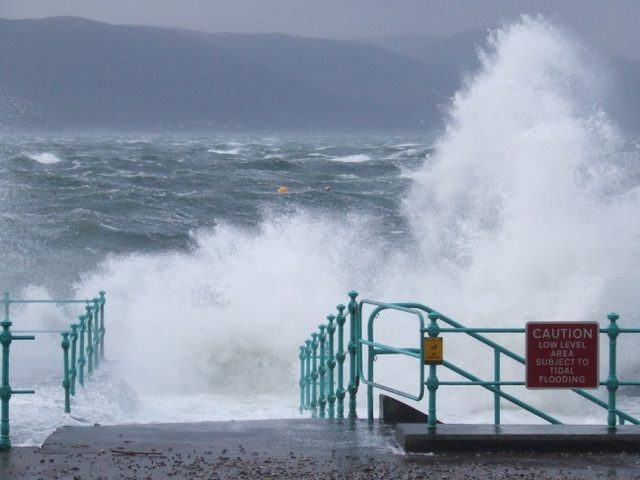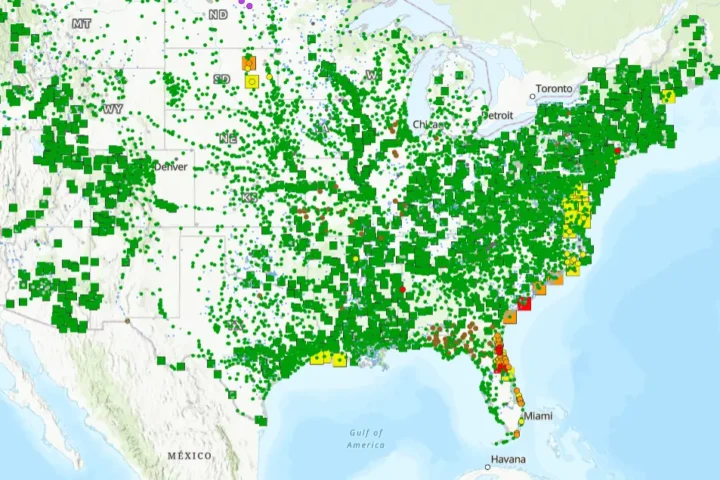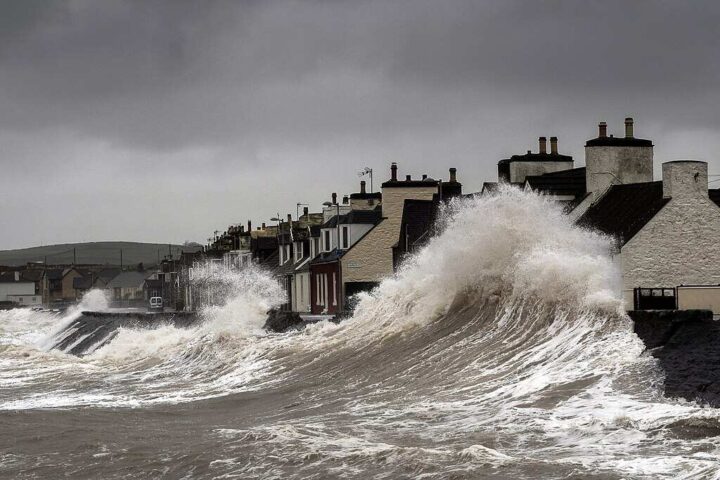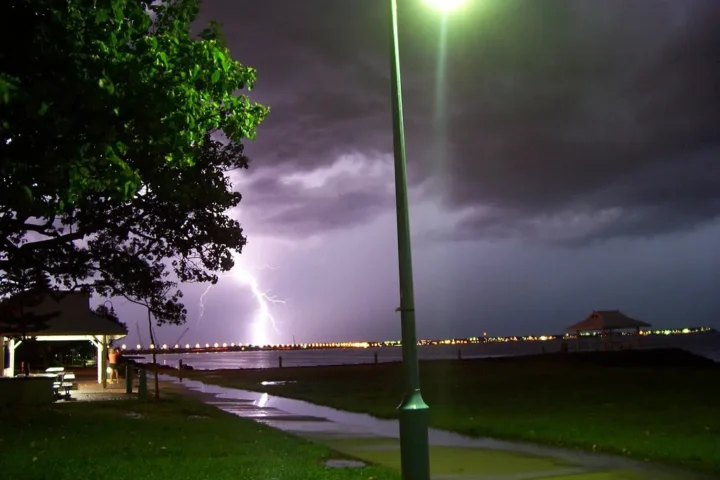The morning calm in Vilanova i la Geltrú shattered at 2:20 AM on May 10, 2025, when a fire erupted at Clim Waterpool’s storage facility. Inside the warehouse sat 70 tonnes of chlorine – enough to treat thousands of swimming pools across the region.
“The situation required immediate activation of our PLASEQCAT protocols,” stated Catalonia’s Civil Protection Service. Within minutes, more than 60 specialized firefighters, medical teams, and local police rushed to contain what quickly became a toxic cloud drifting toward populated areas.
Authorities acted swiftly to protect 160,000 residents across five coastal towns. For seven crucial hours, families in Vilanova i la Geltrú, Cubelles, Cunit, Calafell, and Roquetes stayed behind closed doors and windows. Air conditioners fell silent as officials warned against drawing outside air into homes.
Similar Posts
Local emergency services fielded over 900 calls from concerned residents. Medical teams treated two people for mild respiratory issues and eye irritation right at the scene. “Our priority was preventing exposure while tracking air quality,” noted the SEM medical service coordinator.
Environmental monitoring stations worked overtime as sea breezes pushed the chlorine plume toward the Mediterranean. By May 15, air quality readings returned to normal levels, measuring PM2.5 at 6.3 µg/m³ – well within safety standards.
The incident’s ripples spread through the local economy. The “La Fira Conte Va” festival grounds stood empty. Market stalls remained closed. Barcelona-Tarragona trains sat idle on their tracks. Business owners tallied their losses while filing insurance claims.
Under EU’s Seveso III directive, environmental teams will spend the next three months testing soil and water around the facility. Spain’s Ministry for Ecological Transition has started a thorough safety audit, examining everything from chemical storage methods to emergency response procedures.
Looking ahead, residents can access real-time alerts through the Generalitat Civil Protection app. Local authorities recommend keeping emergency supplies ready: N95 masks, bottled water, and basic first aid materials.

The incident raises hard questions about storing large quantities of industrial chemicals near coastal communities. Environmental agencies are exploring alternatives like on-site electro-chlorination systems that could reduce the need for bulk storage. For now, enhanced monitoring and stricter safety protocols aim to prevent future close calls.
[Information verified through official emergency service records, government statements, and environmental monitoring data.]
